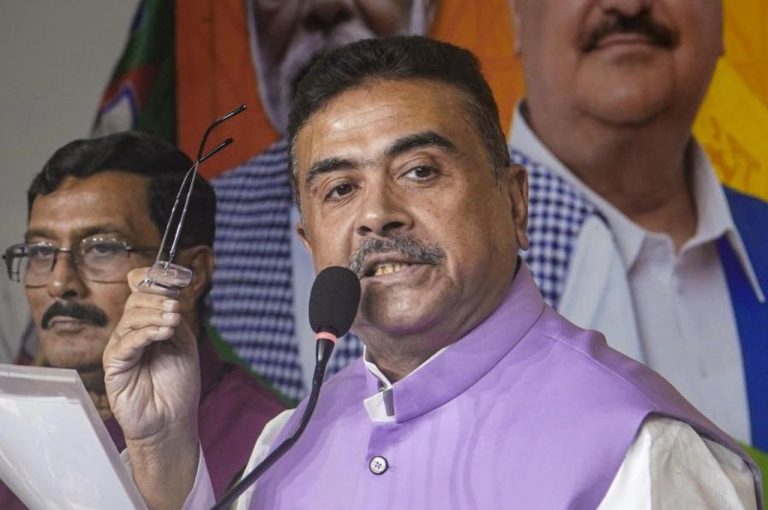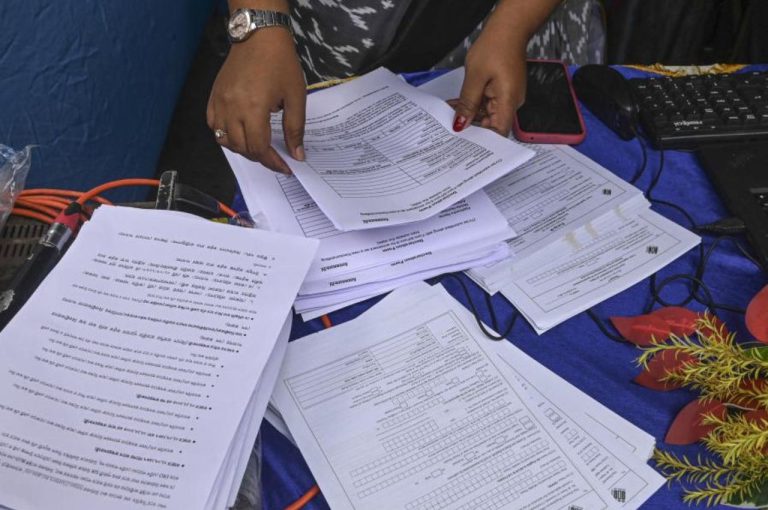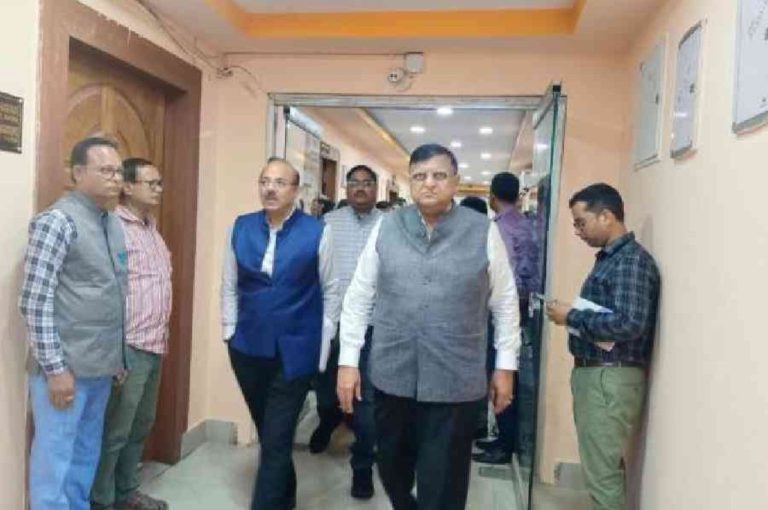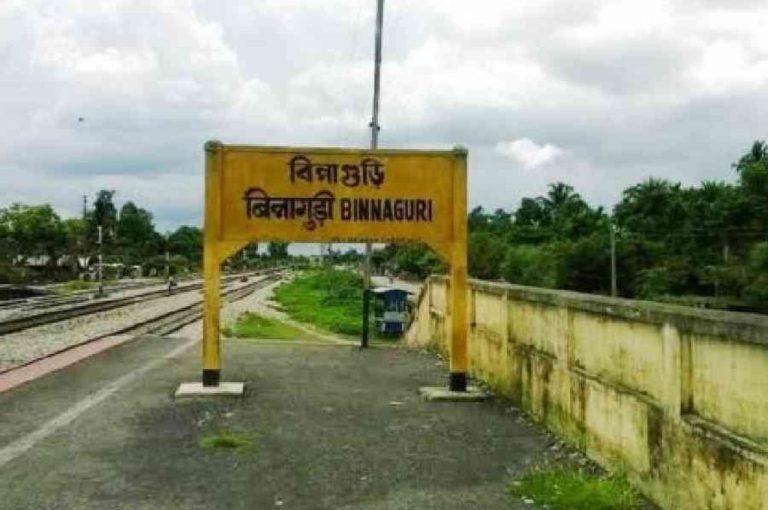NH10 SUV Accident: On December 12, 2025, tragedy struck in Kalimpong district’s Bhuichaly area when an SUV carrying ten passengers lost control and plunged nearly 200 feet into a gorge along National Highway 10 (NH10). The accident claimed the lives of three individuals—Tushar Barman of Mainaguri, Sumit Mali of Burdwan, and Rambahadur Chhetri of Rongpo—while seven others sustained serious injuries.
This incident is not an isolated event. NH10, which connects Gangtok in Sikkim to Siliguri in West Bengal, has long been notorious for accidents due to its sharp curves, steep gradients, and inadequate safety infrastructure. The crash highlights the urgent need for road safety reforms, better infrastructure, and stricter enforcement of traffic regulations in India’s hilly regions.
Lesson 1: The Incident and Immediate Aftermath
The SUV was traveling from Gangtok to Siliguri with ten occupants. Around 6:30 PM, near Bhuichaly, the vehicle lost control and nosedived into a gorge.
- Rescue operations were carried out by police, local residents, and NHIDCL workers.
- Survivors were rushed to Rambhi Primary Health Centre, then referred to Siliguri District Hospital and North Bengal Medical College & Hospital (NBMCH).
- The accident scene revealed lack of guardrails, poor lighting, and inadequate signage.
Government references:
Lesson 2: NH10 SUV Accident: Human Cost of the Crash
The tragedy underscores the vulnerability of passengers in hilly terrains:
- Families lost loved ones in an instant.
- Survivors face long‑term physical and psychological trauma.
- Communities mourn the loss of young lives and breadwinners.
Case Study: Survivors reported that the SUV was speeding to make up for lost time. The driver misjudged a curve, leading to the plunge.
Government references:
Lesson 3: Rescue and Emergency Response
Rescue operations highlighted both strengths and weaknesses:
- Police and NHIDCL workers acted swiftly to rescue trapped passengers.
- Local villagers played a crucial role in pulling survivors out of the wreckage.
- Ambulances and medical teams faced challenges due to the remote location and narrow roads.
This shows the importance of community participation in disaster response but also exposes the need for better equipped emergency services in hilly regions.
Government references:
Lesson 4: Road Safety Challenges in Hilly Regions
Accidents on NH10 and similar highways are frequent due to:
- Sharp curves and steep gradients.
- Poor visibility during evenings and monsoons.
- Inadequate guardrails and road maintenance.
- Overloaded vehicles and speeding drivers.
Statistics: According to MoRTH, over 1.5 lakh people die annually in road accidents in India, with hilly regions accounting for a significant share.
Government references:
Lesson 5: Governance and Accountability
The incident raises questions about:
- Why road safety audits are not conducted regularly.
- Why NH10 lacks adequate signage and protective barriers.
- How coordination between central and state agencies can be improved.
Accountability must extend to contractors, highway authorities, and enforcement agencies.
Government references:
Lesson 6: Historical Context of NH10 Accidents
NH10, connecting Sikkim and West Bengal, has witnessed multiple accidents:
- In 2019, a bus accident near Kalimpong killed 23 passengers.
- In 2022, a truck overturned near Rangpo, injuring several.
- The 2025 SUV crash adds to this grim record of fatalities.
This history shows that systemic issues remain unaddressed despite repeated tragedies.
Lesson 7: Broader Implications for Democracy and Development
The accident reflects larger themes:
- Public trust in governance depends on safe infrastructure.
- Equity: Rural and hilly communities deserve the same safety standards as urban areas.
- National development: Road safety is integral to India’s vision of a modern economy.
Government references:
Global Comparisons
Other countries face similar challenges:
- In Nepal, hilly road accidents are frequent due to poor infrastructure.
- In Japan, advanced engineering and strict enforcement have reduced fatalities in mountainous regions.
- India must learn from global best practices in road safety.
Conclusion
The NH10 SUV accident in Kalimpong is more than a tragic event—it is a wake‑up call for road safety governance in India’s hilly regions. By strengthening infrastructure, enforcing traffic rules, and investing in emergency response systems, authorities can prevent future tragedies. The incident serves as a reminder that human lives must be prioritized over negligence and mismanagement.
Also read: Home | Channel 6 Network – Latest News, Breaking Updates: Politics, Business, Tech & More










